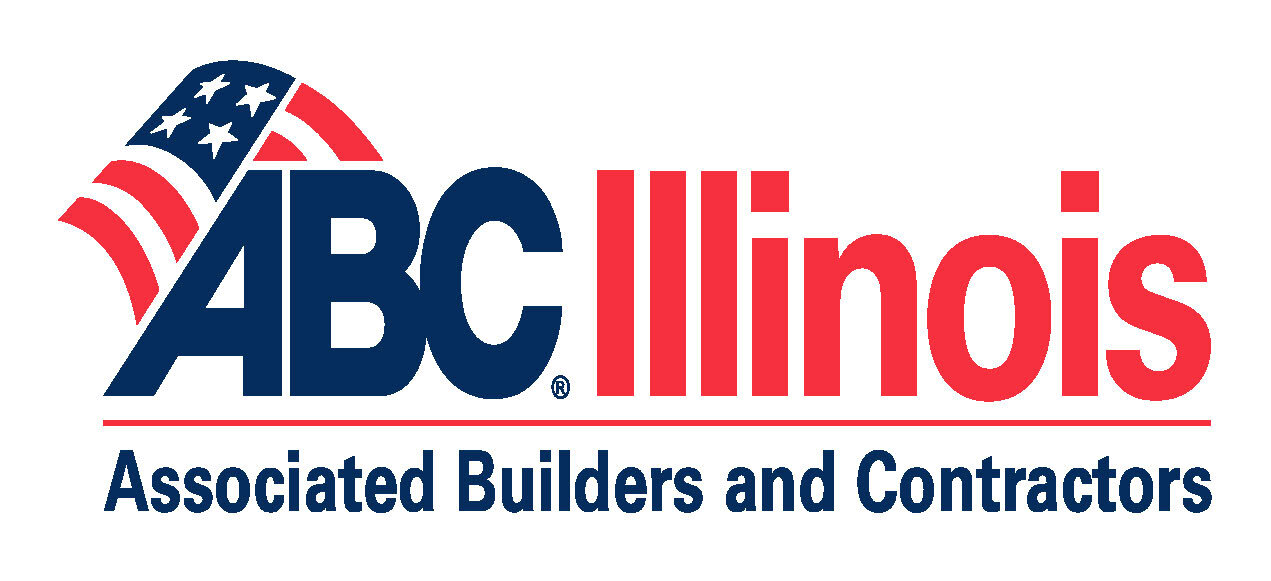Brewster Cheese, Dryer Addition | Stockton, IL
PDC Electrical Contractors
Specialty Contractor > Electrical: Industrial > Electrical: Industrial

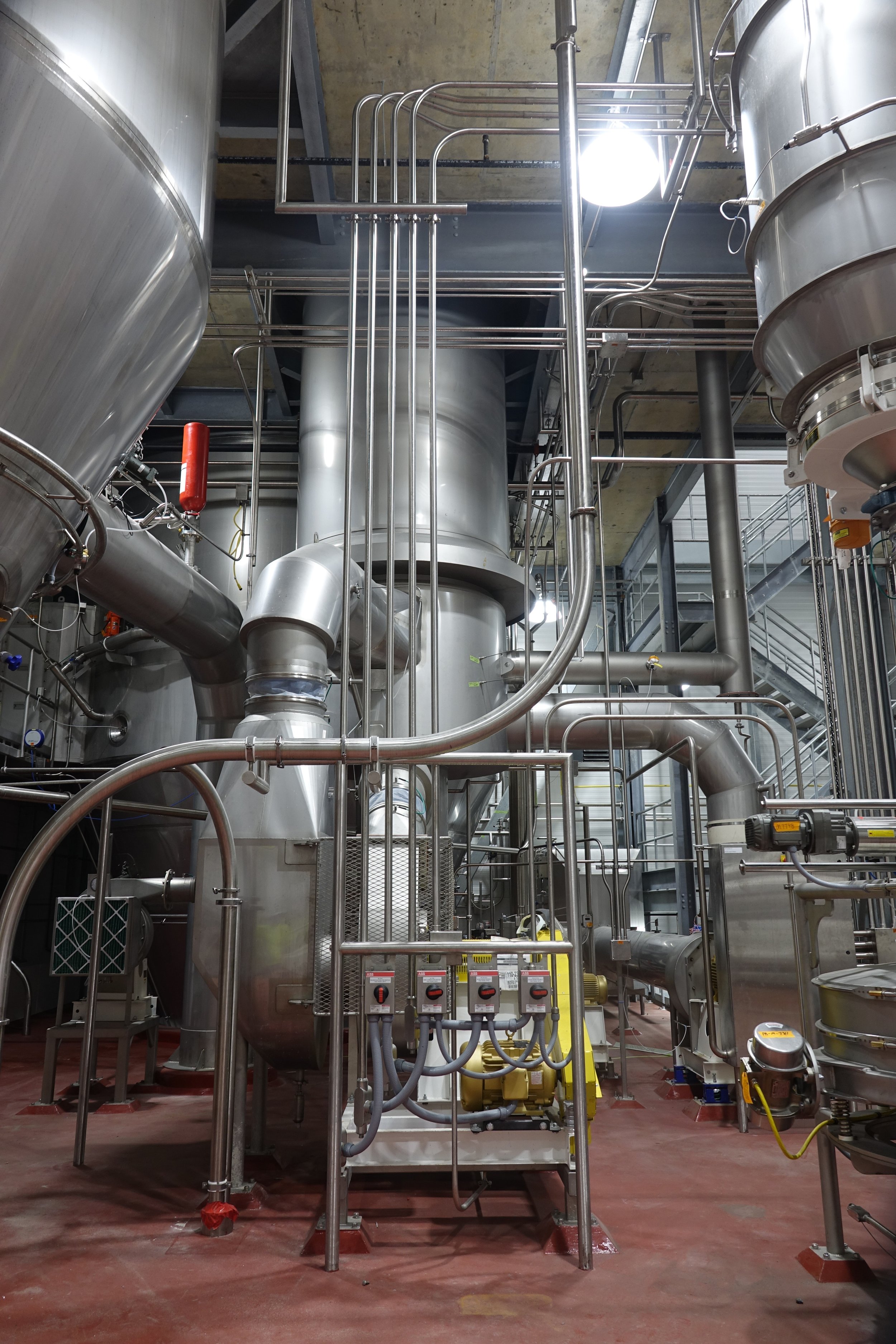
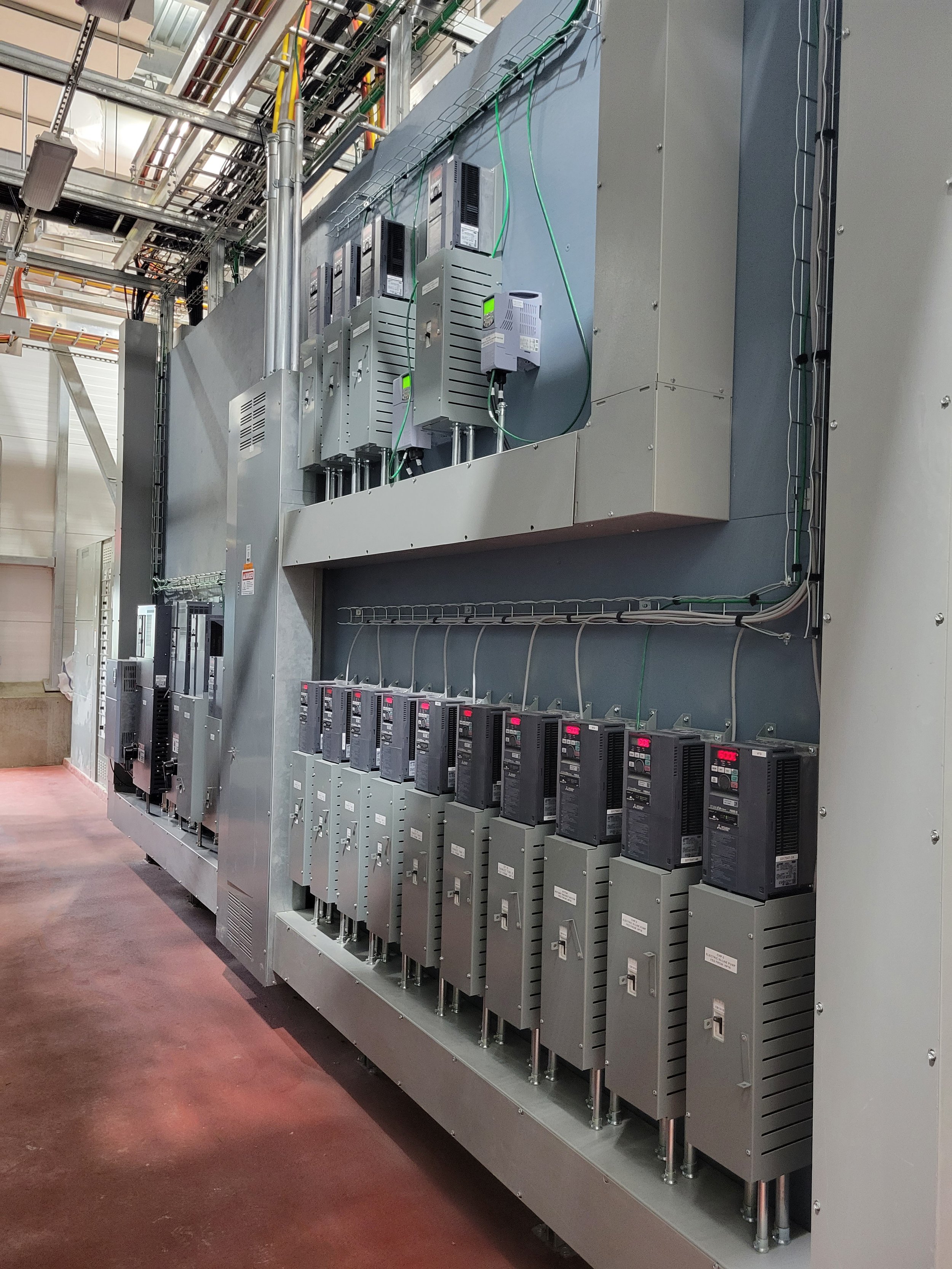
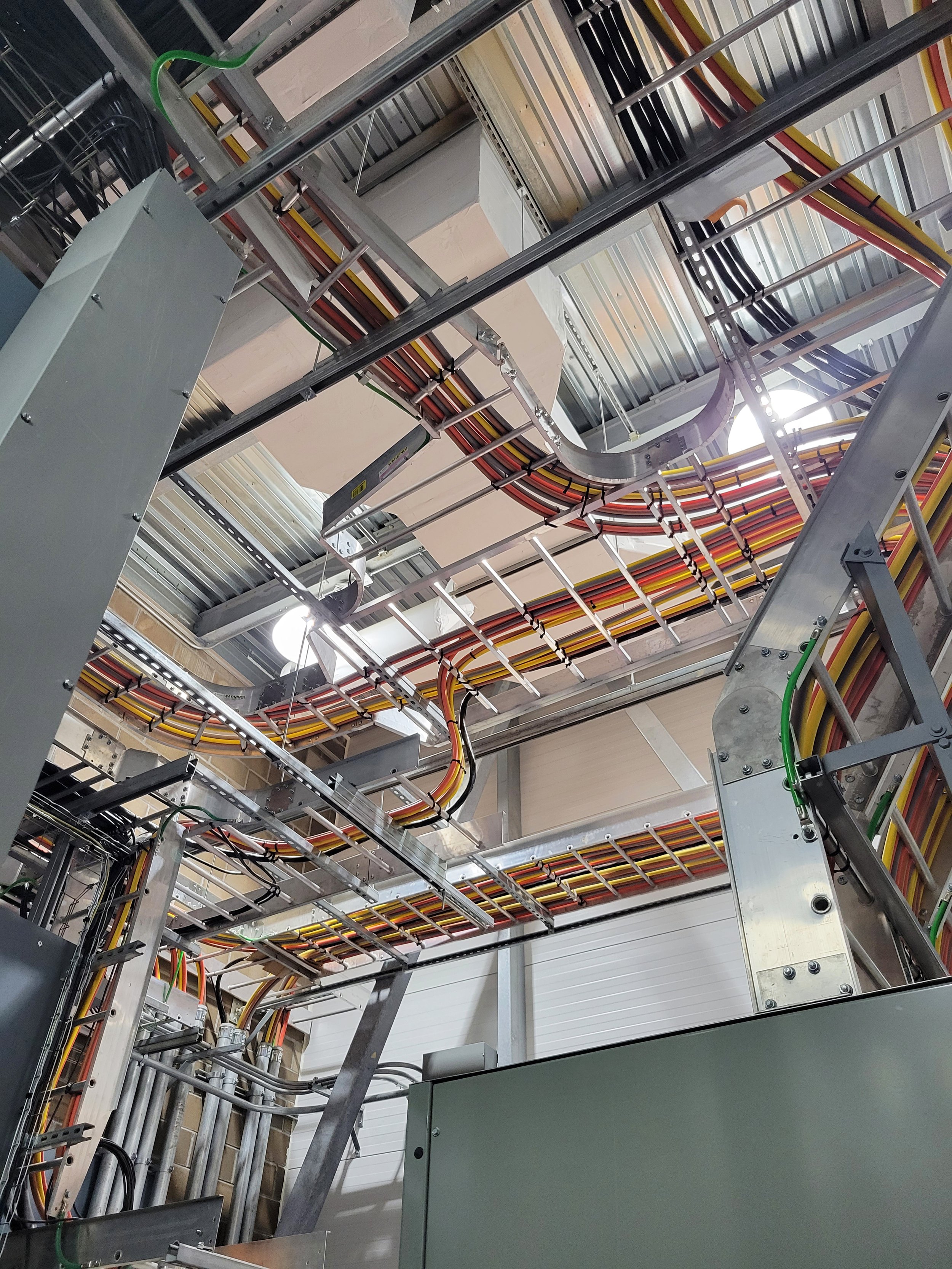
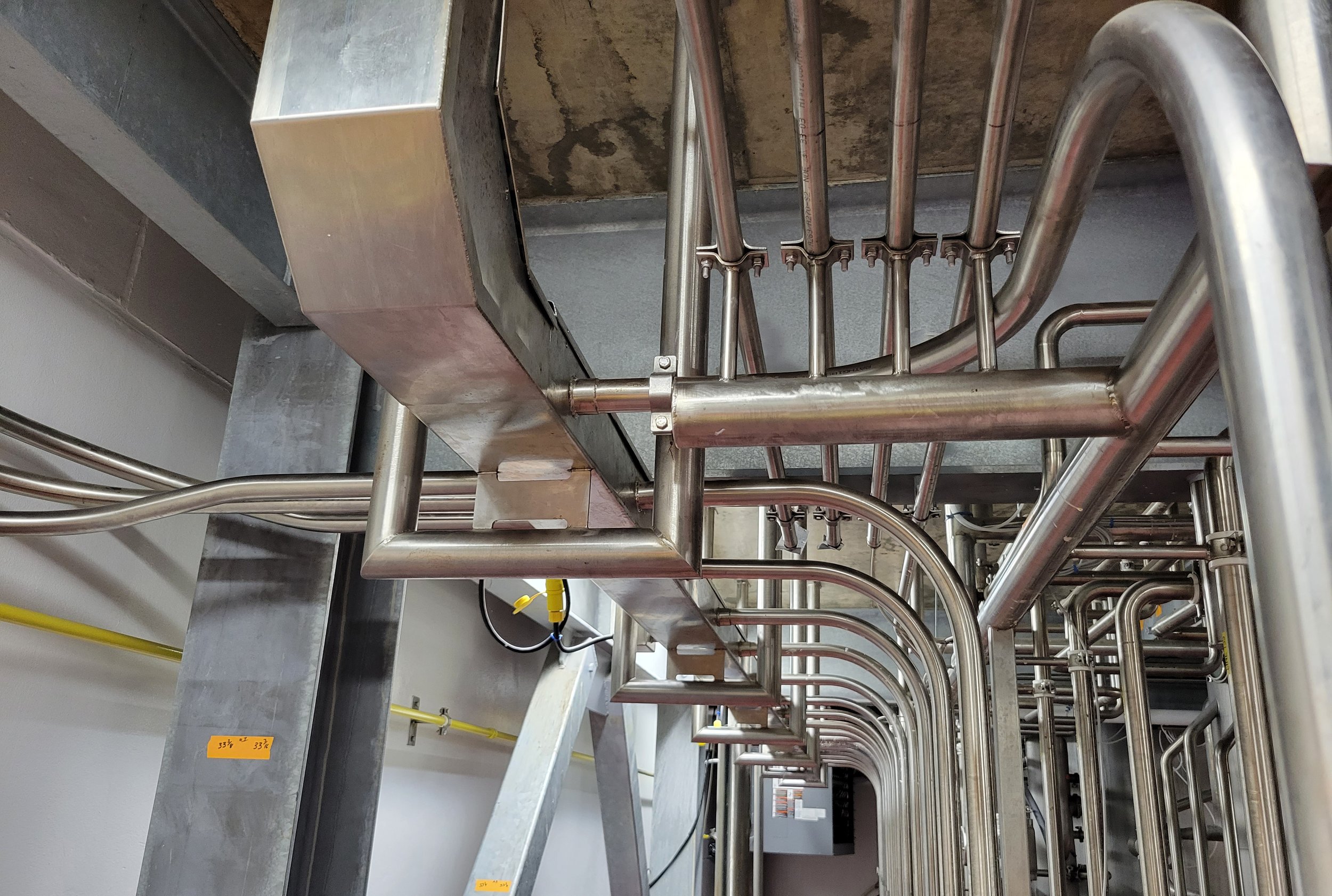
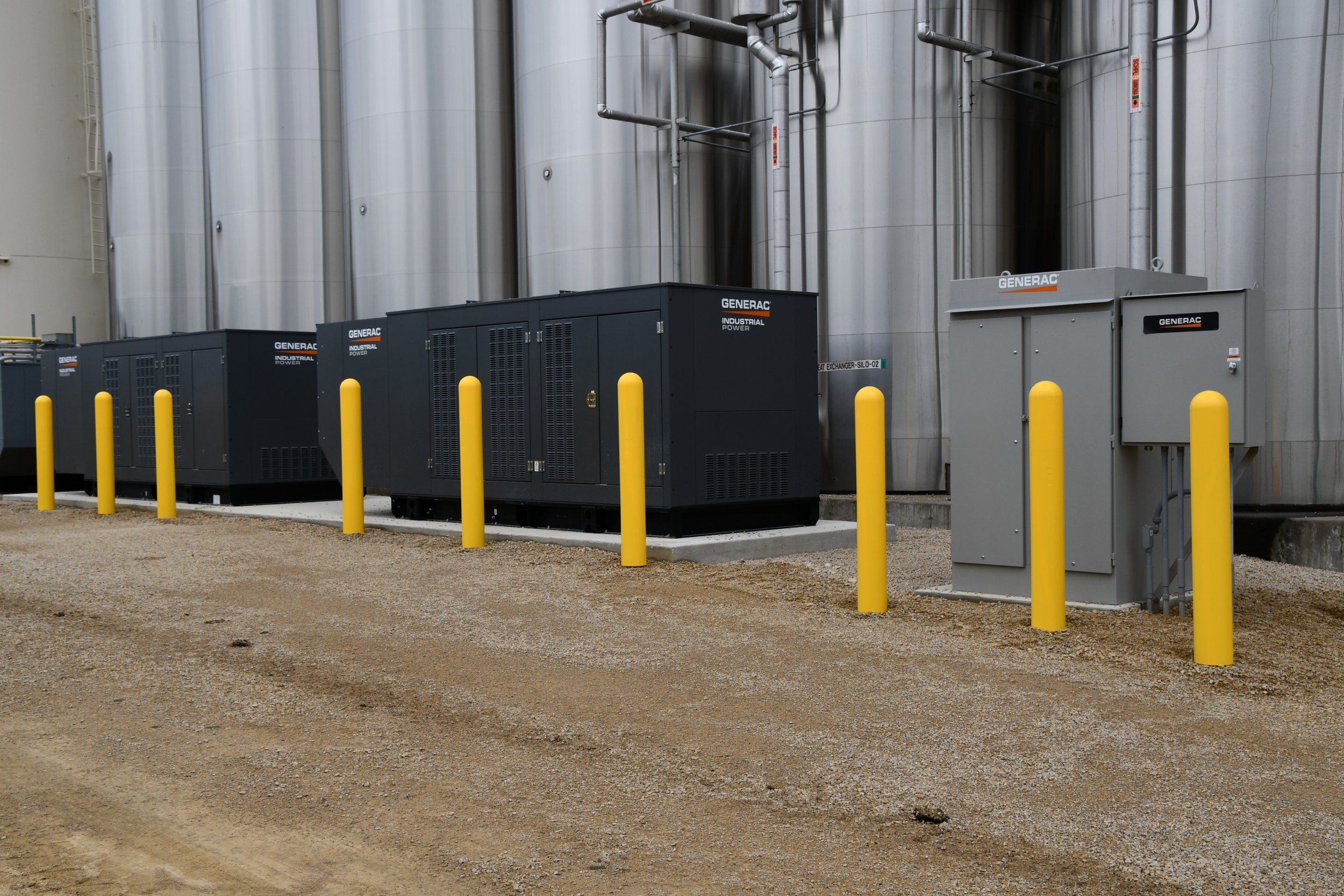


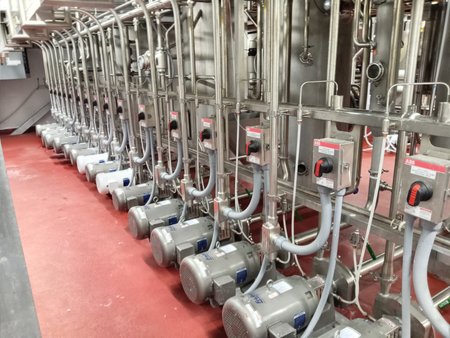
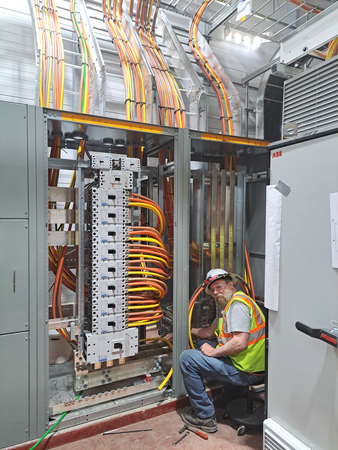
Brewster Cheese reached out to PDC Electrical Contractors in August of 2021 to start the conversation regarding the construction of a new Whey Processing Plant that was to be built to the east of the existing cheese factory.
We were introduced to the project team:
• Brewster Cheese (owner)
• Dahmes Contracting (General Contractor)
• Dahmes Stainless (Product Dryer Contractor)
• Caloris (Product Evaporator Contractor)
• Complete Filtration (Membrane System Contractor)
• Keller Technologies (Dryer / Packaging System Intra-gration Contractor)
• IEP – Fire Suppression Equipment for Product Dryer
• Technopak – Bag / Tote filling System
• Delta 3 Engineering (Site & Building Designer / Engineer)
In December 2021, we started working with PSE (Power System Engineering) to design the medium voltage feeder to the new plant, 277/480v power distribution, backup power systems, building-wide interior and exterior lighting, and HVAC systems wiring. PSE also assisted PDC with the design of the fire protection electrical system which included a 150HP fire pump and related equipment. This fire pump would be fed from the building service and backed up by a second service that fed the dry warehouse building. This smaller portion of the project included updating the warehouse service from 200a to 600a with a dedicated feeder from the metering cabinet to the fire pump controller.
PDC worked directly with Dahmes, Caloris, Complete Filtration, Keller Tech and Brewster to layout the process motor and control systems. PDC Automation played a major part in the integration of the evaporator system and the HVAC control package into the overall building process package.
Included in this part of the project were:
• 109 – Variable Frequency Drives (VFD)
• 168 – Related Process Motor / Equipment Connections (fractional HP to 350HP)
• 13 – Process Control Panels
• ~800 – Field Control Device Points
In January 2022, we started ordering materials and that is about the time our industry discovered the supply chain issue that would plague this project through its completion.
• 3000 kVA Power Transformer – ordered in January of 2022, received in November 2022.
• 4000a 277/480v Switchboard & Distribution Sections – ordered in April 2022, received in January 2023.
• (2) 500kW Natural Gas Generators & Paralleling Gear – ordered in April 2022, received in May 2023.
• (109) Mitsubishi VFD (variable frequency drives) – ordered in April 2022 and as of September 2023 this order is still not filled. PDC had to locate a secondary source for VFDs to fill the order and have the plant operational by July 2023.
PDC manned the project in April 2022 to start the site grounding and temporary power installation. As the weather warmed the building started to come out of the ground. Our first point of focus was getting the 1000’ MV feeder to the location of the power transformer located on the south side of the new addition. Underground conduit rough-in for the fire pump, (2) 500kW generators, and the 4000-amp building service were next.
Once the building was up PDC focused on the interior lighting and main electric room. Cable tray and custom-made stainless steel enclosed wireway were installed on each of the four (4) floors for power and control wiring. PDC utilized stainless steel raceways throughout most of the new facility, designated as wet or process areas. All the mounting methods required in the process areas were custom-built by our welding and fabrication crews.
Throughout the project the supply chain issues not only affected PDC, but the other trades as well. With the shrinking schedule, due to the waiting game for materials and equipment, more manpower was needed to continue the construction pace with the goal of making product in early spring. Equipment delays started pushing this date out and we all began to focus on an early July start-up date.
Finding the additional manpower locally became challenging, so PDC looked to a partner with various manpower agencies to get the help we needed. PDC turned to Tradesman International, Trillium Construction, MTZ (El Paso TX), and M2 Process for manpower assistance.
The construction continued with our focus turning to the process side of the project which entailed wiring for 112 process-related motors and nearly 800 field control points. All these required being wired back to the main electric room or one of the 13 control panels spaced throughout the plant.
Once the roughly 39,000’ of raceways were completed some 400,000’ of tray cable, VFD cable, control and data cable, or single conductor wire had to be pulled and terminated.
I/O check-out, commissioning, and start-up came next. Each motor would be “bumped” for proper rotation, each VFD would have to be programmed for the correct motor current, and each field control device would have to be tested for operation and correct communication to the process system(s).
Product testing began in early July with longer production runs being done in August.
While all this work was happening, another crew was focusing on wiring the support systems for the process. HVAC equipment and related HVAC control wiring, two (2) 200HP air compressors, and packaging equipment rounded off this list.
Also included in our scope were the low voltage systems made up of:
• Voice / Plant Data System
• Process Data System
• Process Camera System
• Fire Alarm
• Security Camera System
• Access Control System
• Plant inter-connect fiber Optic (between main plant IT room and new Plant IT Room)
With our dedicated PDC team, safety is always a high priority. Through the thoughtful planning of our field staff, PDC had almost zero lost time during the entire course of the project. Nearly 39,000 man-hours were used to complete this project.
PDC’s flexibility and determination to be a team leader really showed in the end as this project was completed and brought on line with minimal issues or problems. The plant now is poised to be able to produce the product that the design intended it to do.
